Description
Designing a footing for a structure involves ensuring that the foundation can safely support the loads from the superstructure and distribute them to the underlying soil. Here is a general guide to the analysis and design of a footing:
1. Loading and Design Standards:
- Determine the loads from the superstructure, including dead loads, live loads, and any additional loads like snow or wind.
- Refer to local building codes and design standards for applicable requirements.
2. Soil Investigation:
- Conduct a geotechnical investigation to determine soil properties.
- Identify the bearing capacity of the soil and any potential issues like settlement.
3. Footing Type:
- Choose an appropriate footing type based on the soil conditions and structural requirements (e.g., spread footings, mat foundations, or pile foundations).
4. Load Distribution:
- Distribute the loads from the superstructure to the footing.
- Consider the type of structural system (columns, walls, etc.) and their layout.
5. Bearing Capacity Check:
- Check the bearing capacity of the soil against the applied loads.
- Factor in any reduction in bearing capacity due to factors like soil type, depth, and water table.
6. Settlement Analysis:
- Perform settlement analysis to ensure that the anticipated settlement is within acceptable limits.
- Consider both immediate and long-term settlements.
7. Footing Dimensions:
- Design the dimensions of the footing based on the applied loads, bearing capacity, and soil properties.
- Ensure uniform distribution of pressure on the soil.
8. Reinforcement Design (if applicable):
- If using reinforced concrete footings, design the reinforcement detailing.
- Consider bending, shear, and torsion in the design.
9. Foundation Detailing:
- Provide construction details, including reinforcement detailing, formwork, and any required construction sequence.
- Consider factors like minimum and maximum reinforcement, cover requirements, and concrete strength.
10. Code Compliance:
- Ensure that the design complies with local building codes and standards.
- Verify any specific requirements related to seismic or wind design.
11. Review and Approval:
- Submit the design to relevant authorities for review and approval.
12. Monitoring and Maintenance:
- Implement monitoring systems if necessary.
- Establish a maintenance plan for the foundation.
Always consult with a qualified geotechnical or structural engineer for site-specific design considerations and local building code compliance. The foundation is a critical element of a structure, and its design should prioritize safety and stability.




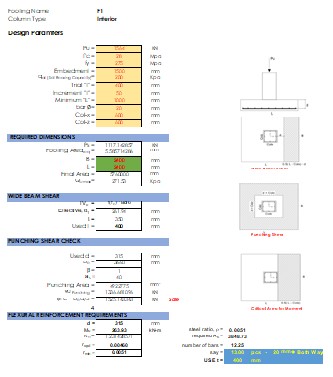
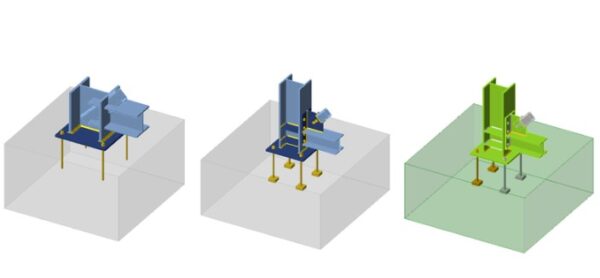


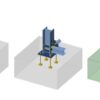
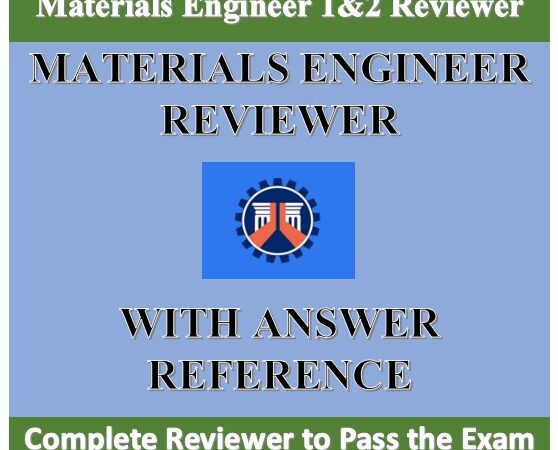
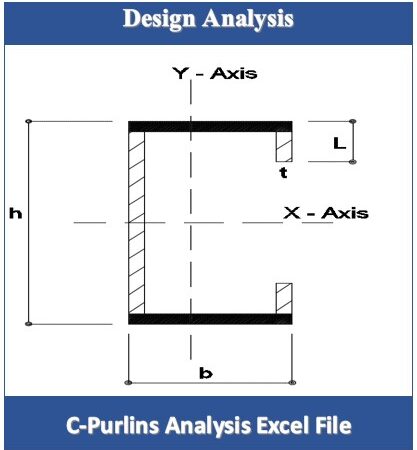


Reviews
There are no reviews yet.